Using The Used
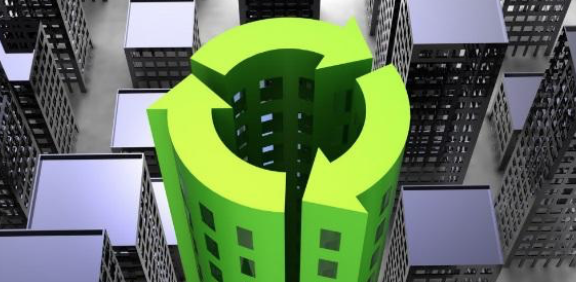
Recycling construction materials by using the construction material of the demolished buildings to construct new ones
Sustainability Category:

GameCard Type:

Location:
It can happen everywhere, in the city or village


Player Group
Adults
Workers
Entrepreneurs
#recycled_material #Using_the_Used
Sustainable Development Goals
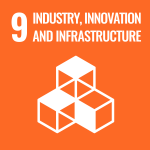
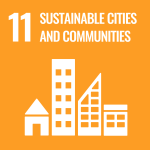
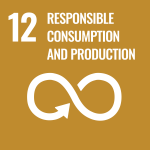
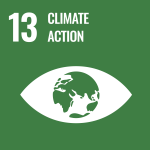
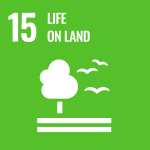
Facts:
A website or an application can be designed to connect people/workers/engineers who need construction materials to build new buildings with the ones who want to demolise one, living in the same city. Materials can be exchanged for free.
Tips & Guidance
- In each neighbourhood people can inform their local service club about the demolishing or construction of their houses
- The local service club can connect people together
- People can exchange the material
- It can decrease the amount of CO2 emissions(less construction material production/short distance transportation)
- It can save lands because the amount of waste produced will be decreased
- It can save a lot of money
- The amount of material that can be used for building a new one might not be enough
- Such materials might not be always available for people
- The demolition of the buildings takes longer in this game card
1. Due to the difficulty of this game card people might be reluctant to use such materials
For the demolidion of the buildings we can hire trained workers who are able to provide more useable materials from the ruins in a shorter time
Sustainability-Indicators

Energy [kWh]
- Overall, the bricks produced by the process had a average fuel consumption of 1.8 MJ/kg of bricks produced, but with individual kiln’s fuel consumption varying from 100 to over 300 kg of coal per 1000 bricks, i.e., 2600 to 7800 MJ/1000 bricks.

Water [L]
- One brick paving block requires 0.25 L of water for the stirring process.

Climate [CO2eq]
One ton of newly manufactured bricks releases 258 kg of CO2 emissions, whereas a ton of recycled bricks emits 2,7 kg.

Social & Economical
- Homeowners typically pay between $340 and $850 for 1,000 bricks but could pay anywhere from $250 to $3,730.
– https://www.hindawi.com/journals/amse/2020/6326178/
http://www.nzdl.org/gsdlmod?e=d-00000-00—off-0cdl–00-0—-0-10-0—0—0direct-10—4——-0-0l–11-en-50—20-about—00-0-1-00-0–4—-0-0-11-10-0utfZz-8-00&cl=CL2.5&d=HASH6160c2d42fccbfed2297af.4.5>=1#:~:text=Overall%2C%20the%20bricks%20produced%20by,to%207800%20MJ%2F1000%20bricks.
– https://iopscience.iop.org/article/10.1088/1755-1315/109/1/012006/pdf
– https://henninglarsen.com/en/news/archive/2017/09/28-recycled-bricks-reduces-co2-emissions-by-1-millionplus-kg/#:~:text=One%20ton%20of%20newly%20manufactured,its%20production%20than%20recycled%20bricks.
– https://www.homeadvisor.com/cost/siding/brick-prices/
